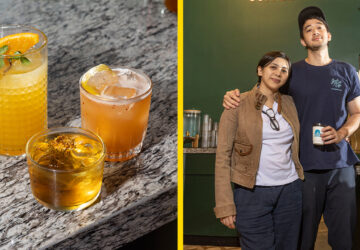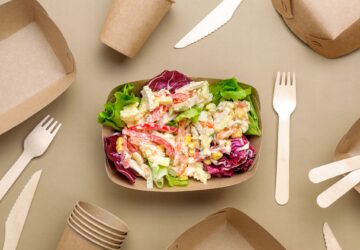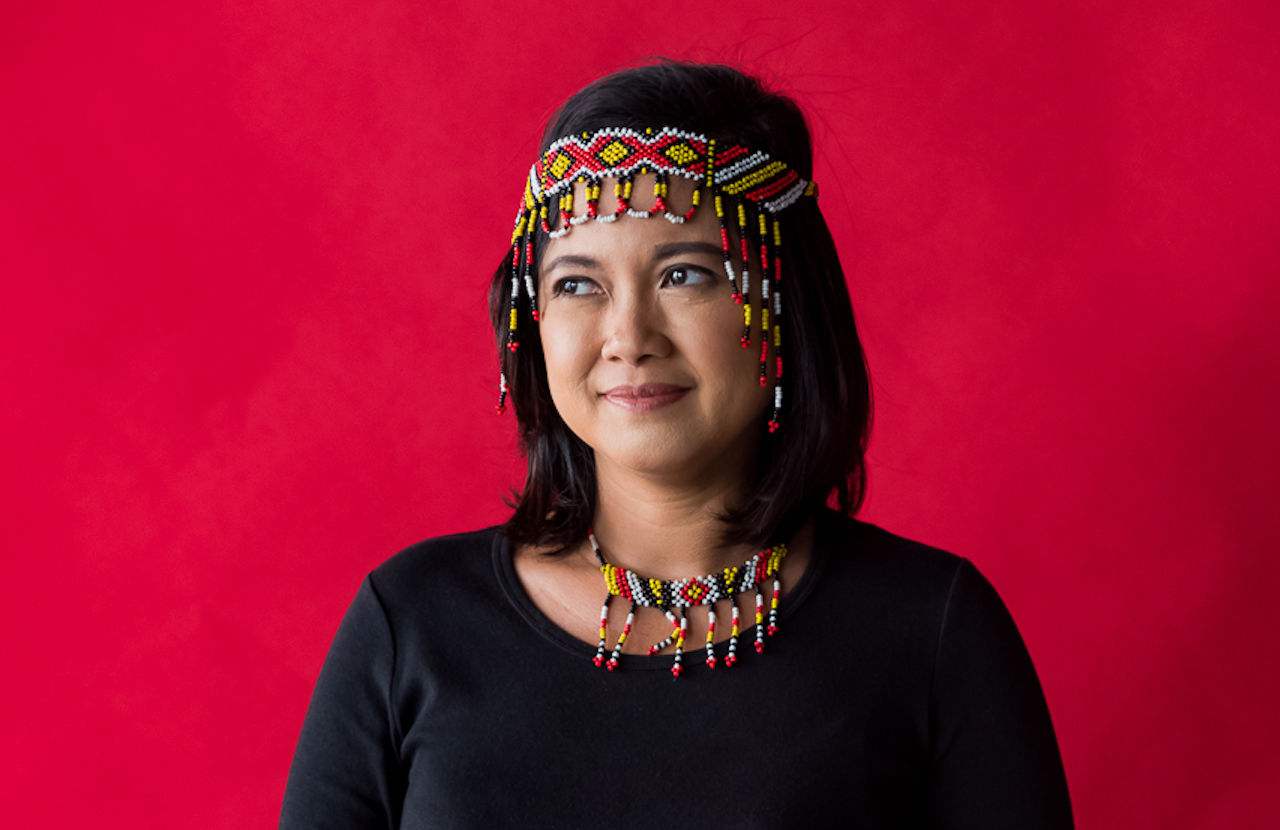Vivid memories from her childhood are kindled by the swing of the spoon in steaming tinola soup, the mashing of tamarind for sinigang, and the cloying sweetness of homemade mango iced candy consumed in the sweltering heat. Clang Garcia grew up in her grandmother’s kitchen and carinderia in Pasay after all, bearing witness to the inner workings of converting one simple dish after another into something sublime. It’s where all things gastronomic began for Garcia.
Garcia has since blossomed from the small, wide-eyed child to an accomplished polymath: an inbound tour operator, unintentional chef, international award-winning writer, entrepreneur, and a staunch advocate of cultural heritage and Philippine tourism. Today, she is certain that the path she is on now was brought about not just by sheer luck or a divine pulling of the strings, but by years and years of learning, unlearning, and relearning.
One for the books
“My blessing at this point is having a clarity of path on where I want to go because not everybody knows where they want to go,” she says. “I’m at the point where I know where I want to be and that’s to promote Philippine tourism. To be very specific, I want to promote culinary heritage tourism because there’s so much pride in raising its flag.”
“Food Holidays”, Garcia’s brainchild, is a culinary heritage guide-meets-cookbook hailed as one of the “Best in the World” last year by the Gourmand World Cookbook Awards, an international award-giving body. The book was published in 2015, but Garcia admits putting it together took years, the idea first striking her in the early ‘90s.
“I’m at the point where I know where I want to be and that’s to promote Philippine tourism. To be very specific, I want to promote culinary heritage tourism because there’s so much pride in raising its flag,” says Clang Garcia.
“What makes it different is it was put together by a culinary tour operator—I’m the one—and designed it as itinerary-based so all you have to do is follow the trails and the corresponding details,” she explains. “I made it easy for people to go around. There aren’t any materials and I don’t want people to go to one destination not knowing where to go.”
Garcia painstakingly selected 15 heirloom recipes from Luzon, Visayas, and Mindanao. But, out of all them, she believes Bicol’s pinangat clearly expresses Filipino culture. “The pinangat is made of freshly harvested taro leaves from the foot of Mayon Volcano and then you have all these other ingredients like lemongrass, chili, coconut milk. I was blown away with the flavors and the process and for me, it showed we have a clear expression of a terroir culture.”
Joy ride
Garcia, too, is the founder and president of Jeepney Tours, a tourism service that takes clients on a culinary heritage journey—from the gastronomic offerings of Intramuros and Binondo to Bicol, Palawan, Ilocos, and Dumaguete.
The jeepney serves as an important cultural symbol for Garcia, who believes that the undisputed king of the road encapsulates the entirety of the Filipino spirit of ingenuity, resiliency, and entrepreneurship.
“It’s the soul of the Filipino people. Our tour packages are not something you find anywhere else. It’s specially crafted. For example, if we were going to do a cooking demo in Bicol, I will do it at the foot of Mayon Volcano. Nobody does that, but I want to create a lasting memory, a positive impression to every visitor in the Philippines.”
Gone are the days when tourists merely traveled for sightseeing; Garcia believes that today, we have evolved and transcended beyond Instagram filters and snappy captions. For one to really promote culinary heritage tourism, being aware of the realities that come with the industry is essential. And to do this, one must accept that things aren’t always so glossy.
“If life gets comfortable and they’re celebrating their pride, then that’s the essence of tourism. I know I’m able to do something,” says Clang Garcia.
Apart from her international clients, Garcia remains accountable to the locals of the places she travels to. When it comes to the lives of farmers, fishermen, vendors, and the indigenous communities, what is required first and foremost is care and concern. Arduous research in learning about their history, their struggle as a people, and their dying traditions and cultures is a necessity that cannot be compromised.
“Inclusive growth will only happen if you bring the lowest part of the economy to a higher level,” she says. “If life gets comfortable and they’re celebrating their pride, then that’s the essence of tourism. I know I’m able to do something.”
Travel and human connection are Garcia’s greatest mentors, and much is required for those who wish to thrive off the beaten path. What she does isn’t a job, after all, but a calling, a mission that requires not just calloused hands but the opening of one’s soul and spirit.
Heritage is priceless, and Clang Garcia remains bound to her mission as a conduit of the culinary heritage tourism that she believes will one day put the Philippines on the global map as a cultural destination. A lofty goal, seemingly, but with champions like Garcia at the frontline of such pursuits, the thought alone does not warrant an indignant “absurd!” in response, but an “in grace’s time.”
Originally published in F&B Report Vol. 15 No. 2





